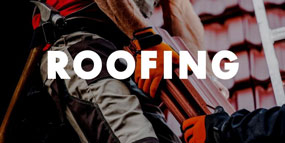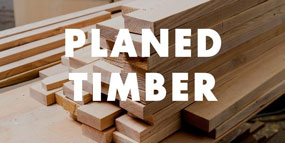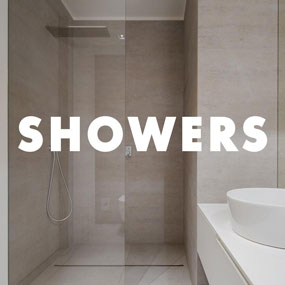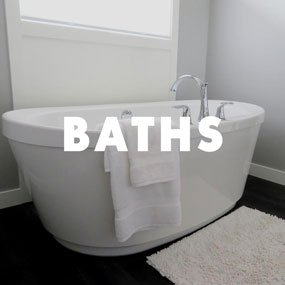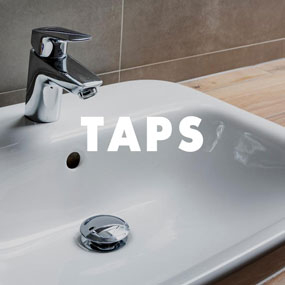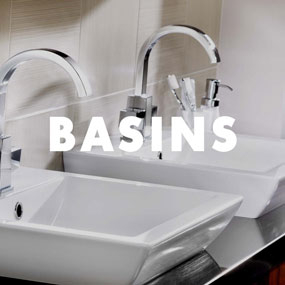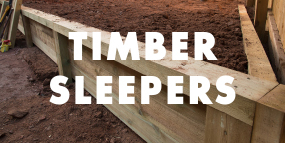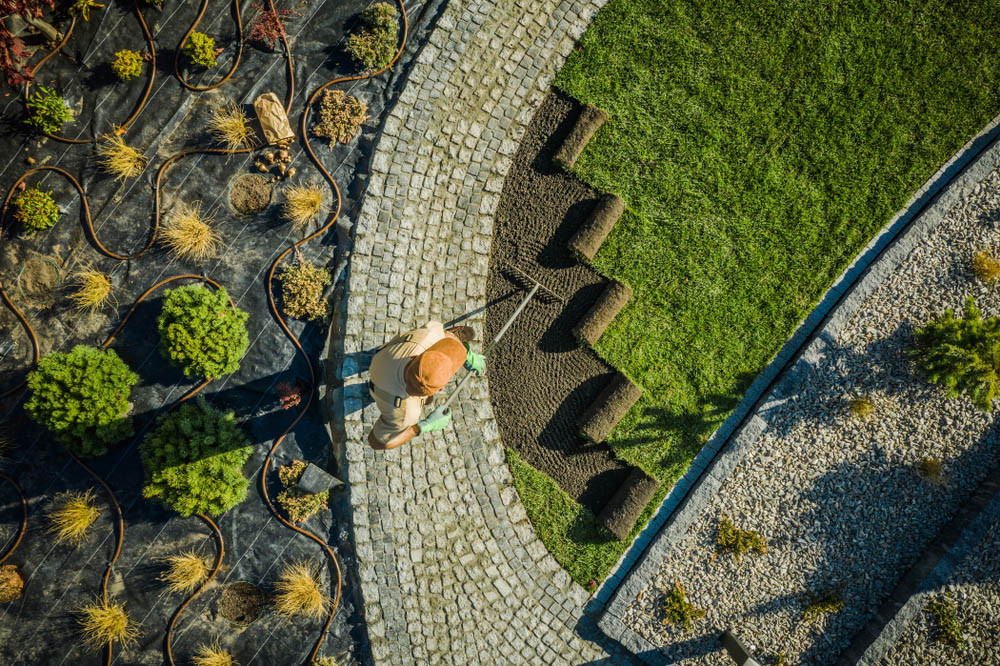We are well and truly into BBQ season and whether you’re enjoying sundowners with friends or your WFH office has relocated to the garden we have what you need to complete those summer garden plans.
It’s never too late to start a garden or landscaping project and to keep it simple we have put together a quick list of what you need to consider when it comes to a garden makeover: budget, types of materials, a layout that works for you, and of course planting.
So, the big question here is not when do you start, it is where? We are here to help with some great ideas and advice on how you can achieve your dream garden.
Where to begin…

Some want their garden to be blooming with flowers and wildlife, while others prefer to have a garden which requires less maintenance. If you’re struggling with where to start…decide your budget.
A key part of the planning stage is to decide how much you are willing to spend overall and think about the price of individual items for your garden project. It is almost too easy to get carried away with ideas and you can find that your costs soon ramp up. So, having a figure in mind right from the start can help to spend your budget more wisely.
Taking the time to understand the full range of landscaping options available to you will make it easier to decide what you are going to do and how you are going to do it.
Next up planning can go along way!
It is important to remember the choices you make now are likely to be there for years to come, so it is worth investing some time to think about what you want to achieve which can help to avoid costly mistakes.
Look at the size and shape of your garden and take into consideration the direction it faces, taking into account where the sunny or shady spots in your garden are, and if this changes as the sun moves throughout the day.
Now is also the time to think about what materials you need to add texture, character, and structure to your garden. A good place to start is deciding if you want a new fence, a lawn, some decking, a paved patio area and do you need decorative aggregates or bark to add that finishing touch?
Pick the perfect paving
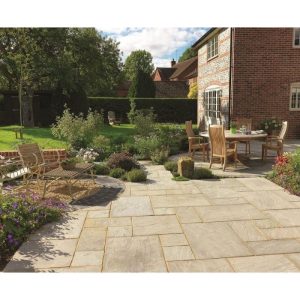 Laying a new patio or paving area can dramatically change the look of your garden and there are many materials and styles to choose from.
Laying a new patio or paving area can dramatically change the look of your garden and there are many materials and styles to choose from.
Natural Stone is a popular choice for patios and paths for its colour and texture. It is a porous material, and the colour will darken over time, so unless well maintained this type of paving can be susceptible to algae and moisture and become slippery in wet weather.
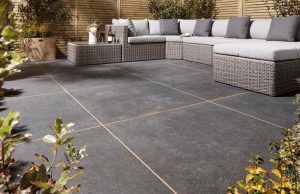
Porcelain is a relatively new paving product, but it has become very popular due to its durability and more uniform finish. Unlike Natural Stone, Porcelain is a low-maintenance option, and its non-porous properties make it resistant to water and naturally slip, frost and algae resistant.
Shop all paving
Generally, the initial cost of Natural Stone costs less than Porcelain paving, however it is worth remembering that over time, Natural Stone will need some upkeep which makes Porcelain cheaper in the long-term.
Determine your decking
If you’re going for decking keep it simple with two options Timber or composite?
Timber Decking is an environmentally friendly material which can be sourced in softwood and hardwood, providing a natural look and feel to your garden, although this decking can splinter if it is not properly maintained and can become slippery in wet weather. Hardwood decking is more robust than softwood and costs similar to composite decking, whereas softwood is considerably cheaper when compared to hardwood or composite decking, but it can damage more easily. Both softwood and hardwood do require maintenance through staining or oiling to ensure that your decking is always looking its best. But if well maintained, timber decking can last for a lifetime by sanding down and re-treating the decking or replacing any sections which have been affected by rot instead of replacing the entire structure.
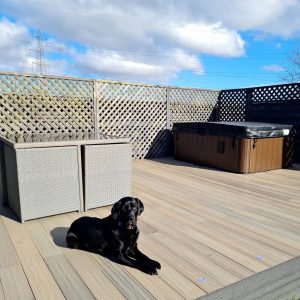 Composite Decking is made from plastic and wood fibres, and will last for around 20-30 years, requires much less maintenance than timber decking, and is available in a range of colours and finishes. However, composite decking is more prone to scratches due to its plastic content which can be harder to repair. On its own, composite decking is not as strong as timber decking, but by placing the joists closer together, this can provide more support for your decking and prevent any sagging or breaks.
Composite Decking is made from plastic and wood fibres, and will last for around 20-30 years, requires much less maintenance than timber decking, and is available in a range of colours and finishes. However, composite decking is more prone to scratches due to its plastic content which can be harder to repair. On its own, composite decking is not as strong as timber decking, but by placing the joists closer together, this can provide more support for your decking and prevent any sagging or breaks.
If you are looking for a non-slip and low maintenance decking, then composite decking is the one for you. However, if you are looking for a more natural look, the best option is timber decking.
Shop all decking.
Choose your fencing
 Garden fencing is the perfect way to change the appearance of your outside space. Not only can it add a focal point to your garden, but the practicalities are endless too. A garden fence increases security, privacy and creates a boundary.
Garden fencing is the perfect way to change the appearance of your outside space. Not only can it add a focal point to your garden, but the practicalities are endless too. A garden fence increases security, privacy and creates a boundary.
You can start by choosing which materials you want to use for your fence posts. Timber fence posts can be matched to the wooden fence panels, trellis, gates, and fence caps you choose, giving a seamless look throughout your garden. The weight of a timber fence post is much less than that of a concrete post, which makes them easier to install. Top tip - screw the fence panel to the post which will make it sturdier.
Concrete fence posts require less maintenance and are known for their durability because the strong material is not easily affected by strong winds, rot, mould, or insect attacks. However, typically the cost for concrete posts is more than that of timber ones and they are considerably heavier with each post weighing over 40kg.
Don’t forget to add those finishing touches with fence paint or a wood treatment.
Shop all fencing
To grow it or mow it?
If you have chosen to have a grassed area in your garden, it is now time to decide whether you are going to lay down some turf, or if you want to opt for artificial grass instead.
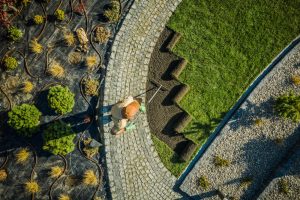
Live turf is better for the environment, and a well-mown lawn can increase the aesthetic quality of your garden to complement the plant and insect life in your garden. However, when it comes to deciding which option you will go for, it is important to consider that although the initial cost of live turf is less, a lot of maintenance is required to keep it looking healthy, especially in areas with high foot traffic.
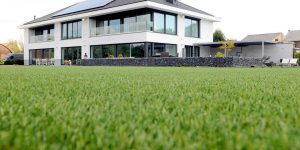 Generally, artificial grass is more expensive than turf, and there are several factors to consider with the cost of installing artificial grass, including the area you are covering, which type of artificial grass you choose, ground preparation, and whether you choose to use an installer or take the DIY approach. However, an artificial lawn will last for approximately 10 years, requires minimal maintenance and holds an aesthetically pleasing appearance all year round, despite changing temperatures and seasonal elements.
Generally, artificial grass is more expensive than turf, and there are several factors to consider with the cost of installing artificial grass, including the area you are covering, which type of artificial grass you choose, ground preparation, and whether you choose to use an installer or take the DIY approach. However, an artificial lawn will last for approximately 10 years, requires minimal maintenance and holds an aesthetically pleasing appearance all year round, despite changing temperatures and seasonal elements.
So, if there is nothing that you enjoy more than the smell of a freshly mown lawn on a bright morning, or you are not wanting to spend too much on the initial outlay of your grassed area, then live turf is the choice for you. But if you are wanting a grassed area without the maintenance, then opt for an artificial lawn.
Shop all lawn
Decide on your decorative aggregates
Using decorative aggregates and bark is a great way to soften, enhance and add texture to your garden.
There is a range of colours and materials including decorative stone, gravel, and slate chippings available to suit the aesthetic you are trying to achieve for your garden and ensure your garden has all the perfect finishing touches.
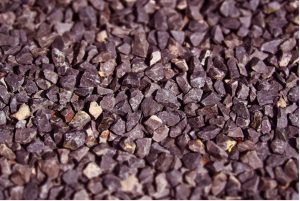 Due to its brittleness, Slate chippings can get worn down quite quickly which can create dust, so it is not advisable to use this material to create a garden path. However, this is a great material to highlight key areas of your garden where the footfall is lower or to fill any awkward gaps.
Due to its brittleness, Slate chippings can get worn down quite quickly which can create dust, so it is not advisable to use this material to create a garden path. However, this is a great material to highlight key areas of your garden where the footfall is lower or to fill any awkward gaps.
Gravels are commonly used for garden paths, but this material can also be used to lighten up a shady area of the garden, or control weeds when used in addition to some landscaping membrane.
Decorative stones add a bit of colour and give an attractive and contemporary feel to your garden. This is a more robust material compared to slate, so it can also be used to create a garden path.
Garden Maintenance
 From pruning, grass cutting, hedge trimming, tidying up, removing weeds, and collecting leaves, general garden maintenance is a job for the whole year round. In addition, there’s also essential cleaning, updating, refreshing, and painting jobs which can be done seasonally – bare this in mind when you’re planning!
From pruning, grass cutting, hedge trimming, tidying up, removing weeds, and collecting leaves, general garden maintenance is a job for the whole year round. In addition, there’s also essential cleaning, updating, refreshing, and painting jobs which can be done seasonally – bare this in mind when you’re planning!
Pavestone chemicals provide a great range of deep cleaning solutions to keep your patio, garden path and driveway looking their best. Updating and treating garden furniture on an annual basis will prolong its life and keep it in shape. Finally keeping on top of your garden may require a few handy tools, hosepipes, trowels, wheelbarrows, and buckets etc!
Shop all garden tools.
Shop all garden and landscaping

